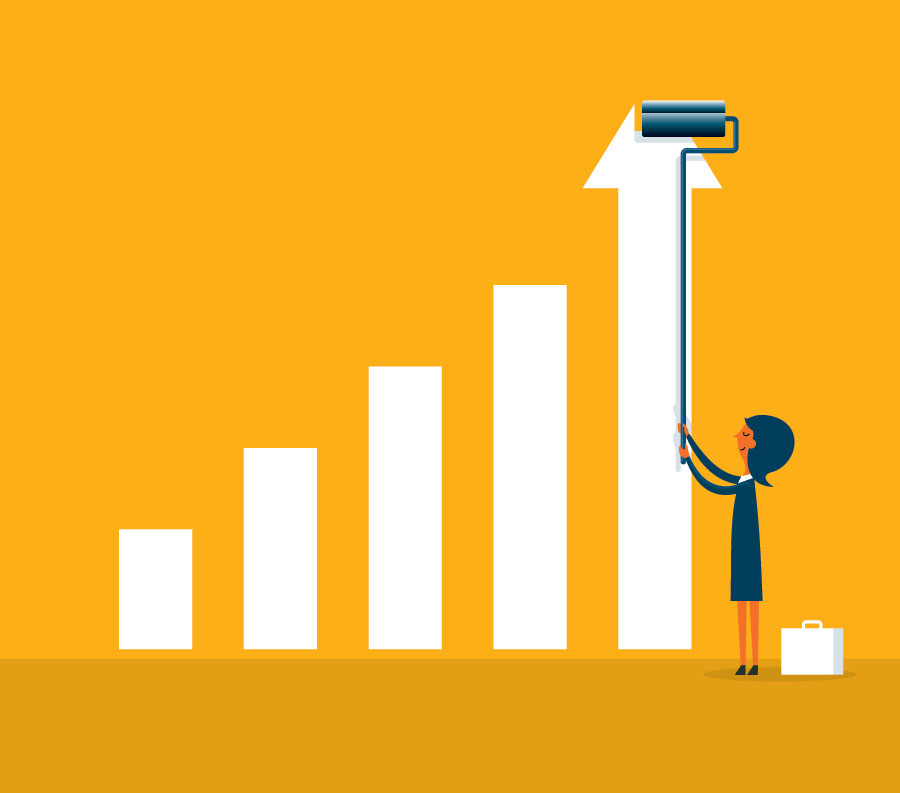The government sets annual interest rates on student loans once a year. The percentage is based on the 10-year Treasury note, which has been on the rise, including recently hitting 3 percent.
Although the Department of Education hasn’t formally announced the new rates, this year’s bump is likely to be higher than expected, said Mark Kantrowitz, a student loan expert.
“How investors feel about the economy has an impact on what the rates are, and there’s a lot of chaos going on,” Kantrowitz said, pointing to talk of tariffs and President Donald Trump’s announcement that the U.S. is pulling out of the Iran nuclear deal.
“It just happens to be bad timing from the point of view of the interest rates on student loans.”
Here’s what borrowers need to know:
What are the new rates?
Kantrowitz was able to estimate the new rates based on the 10-year Treasury Note auction on May 9.
By his calculations, the interest rate on new undergraduate Stafford loans will rise to 5.045 percent for the 2018-2019 academic year, up from 4.45 percent last year. This will increase monthly loan payments on a 10-year repayment term to $106.29 from $103.40 for every $10,000 in debt borrowed that academic year.
(Keep in mind that undergrads who are dependent students have annual loan limits ranging from $5,500 to $7,500, lessening that repayment impact.)
For graduate students, Kantrowitz projects that Stafford loans will come with a 6.595 percent interest rate, compared with 6 percent now. This would push up monthly loan payments on a 10-year repaymentterm to $114.03 from $111.02 per $10,000 in debt borrowed for the 2018-19 academic year.
He expects Plus loans for graduate students and parents will have a 7.595 percent interest rate, an increase from 7 percent. As a result, monthly loan payments on a 10-year repayment term will rise to $119.20 from $116.11 for each $10,000 in debt borrowed that academic year.
[“Source-gsmarena”]




